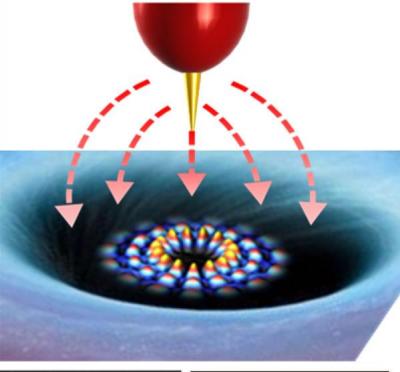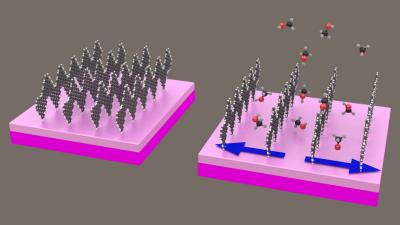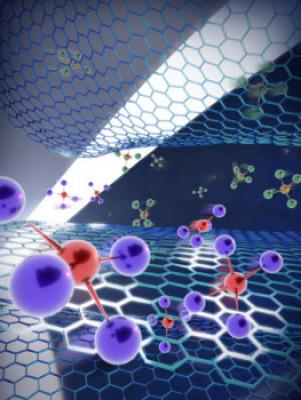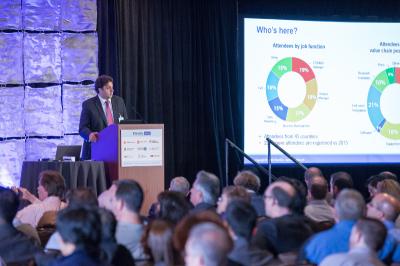Boost your marketing efforts by advertising on Graphene-Info, now with end-of-the-year discounts!
Graphene-Info offers marketing and advertisement campaigns for companies that wish to enhance their marketing and reach potential customers within the graphene industry. Graphene-Info is the world's leading global graphene portal and publication, with over 30,000 monthly readers and a mailing list of over 13,000 subscribers. We offer targeted and affordable market outreach options for graphene-related products, materials and services.

Two basic marketing options exist: banner campaigns on the graphene-info website and newsletter (starting at $300 per month) are an effective and affordable way to place your message and brand in front of graphene professionals and decision makers on a daily basis. Sponsorship deals, that come in various forms, are a great way to enhance visibility in our website and newsletters. Starting at only $500 per year, Graphene-Info's sponsors can send direct messages to our readers to introduce new or existing services or products and enhance their brand and awareness in the industry.




